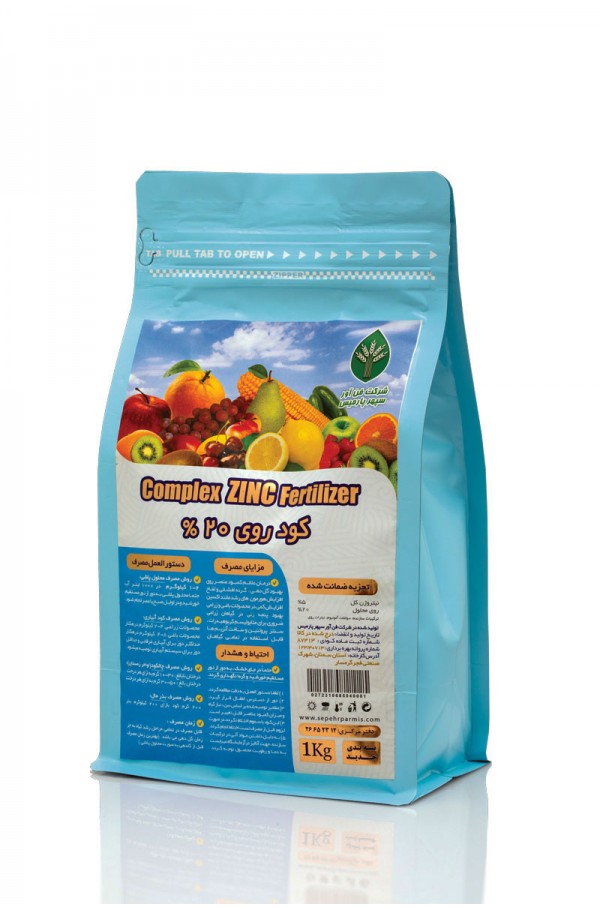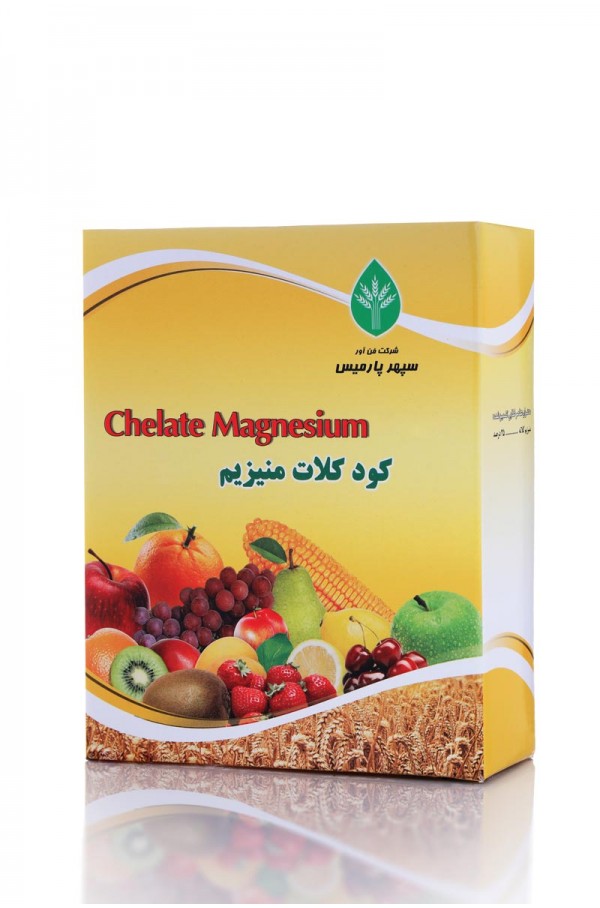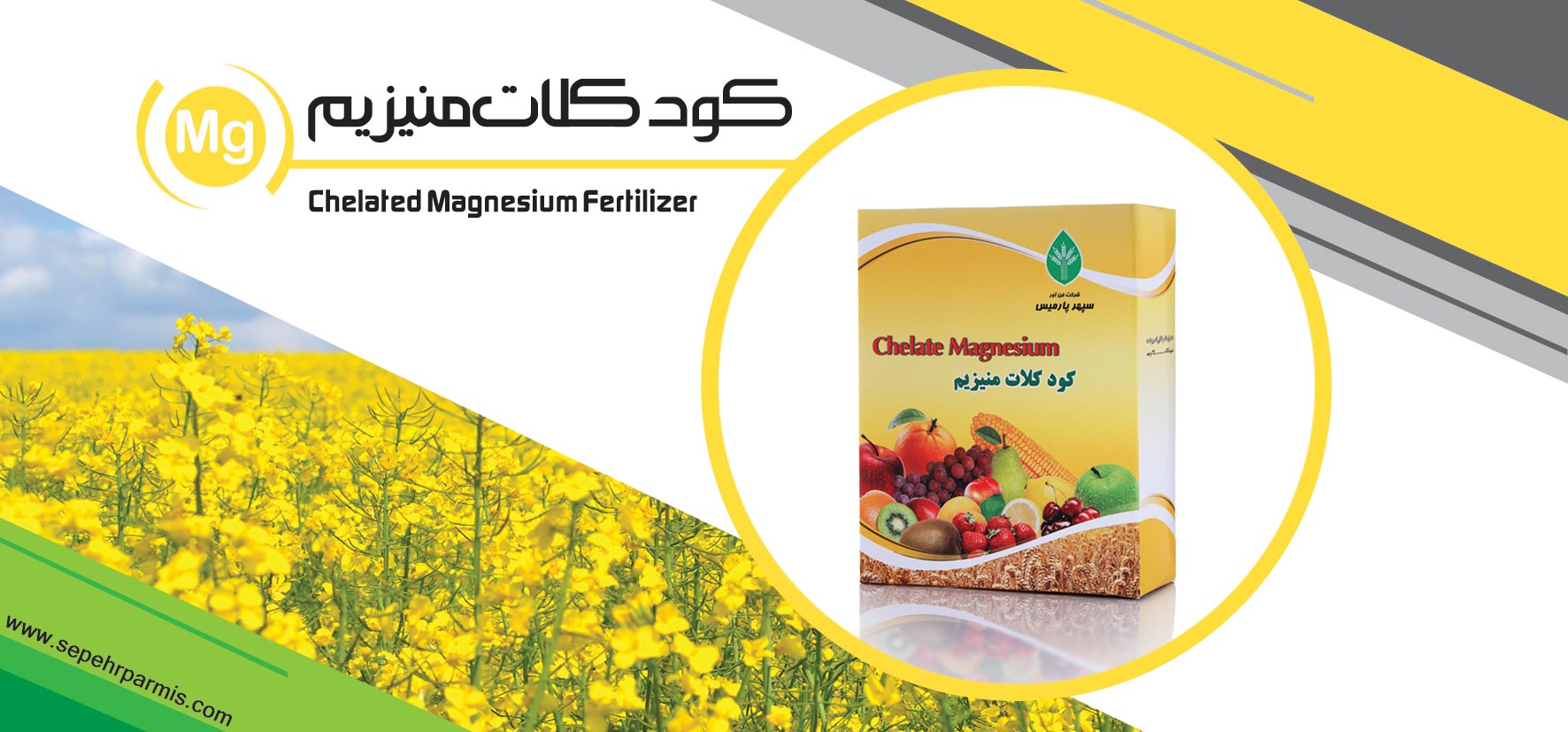
Chelated Zinc Fertilizer

This product contains a high purity of Magnesium element, which plays an important role in plants as one of the secondary important element in macro elements. By interfering in the assimilation of synthesis, transfer of starch and protein, Magnesium is one of the key elements in increasing grain size, and is effective in the formation of kernels in stone fruits (such as peaches, cherries and mangoes). Magnesium is also effective in Nitrogen and Phosphorus metabolism and helps in better absorption of water by the plant. Generally, in areas with high rainfall (due to leaching), Magnesium deficiency is common. Magnesium chelate fertilizer with low consumption per surface unit; In addition to providing and eliminating the lack of Magnesium required by plants, it increases the life span of the plant, the formation of organic matter (due to the improvement of photosynthesis) and the increase of coloring in garden and agricultural products (such as tomatoes and grapes).
Ingredients (Analysis) :
Chelated Mg 7%

Foliar, Irrigation, DeepPlacement
1-2 Kg in 1000 liters of water
2-4 Kg per Hectare
10-30 Gr per each grown tree
During all stages of plant growth
Magnesium element is essential in photosynthesis and is a part of the chlorophyll molecule structure, which is why it’s effective in the metabolism of other elements such as nitrogen and phosphorus. This element plays a role in the formation and synthesis of protein and causes better absorption of water by the plant. Magnesium plays a positive role in increasing oil produced by plants (such as olives or sunflower). It also plays an active role in the formation of kernels in stone fruit trees (such as peaches, green tomatoes and citrus fruits).
Magnesium deficiency causes chlorosis between the veins and can be seen in a yellowish-orange color. Due to the dynamic nature of Magnesium, deficiency symptoms appear from older leaves. Symptoms of Magnesium deficiency are often confused with Iron and Nitrogen deficiency. (In Nitrogen deficiency, leaves and veins are uniformly yellow, and in Iron deficiency, leaves are yellow and veins are green. However, in Magnesium deficiency, leaves are yellow and veins are green, and the symptoms show first in older leaves.)
Among the indicators of Magnesium deficiency, we can refer to the pale color of the edges of the leaves, chlorosis between the veins and leaf drops.
Related Products